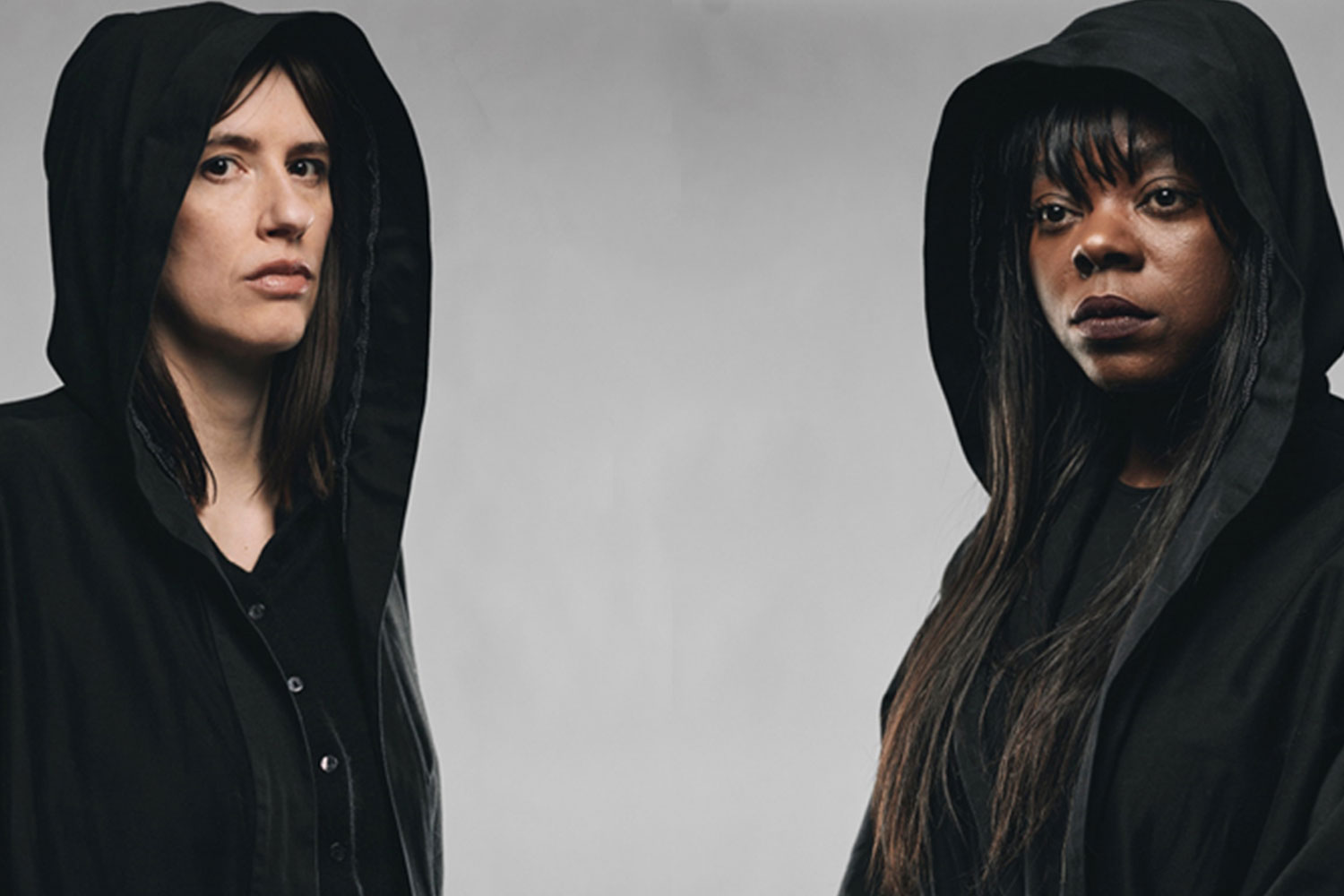Lucia di Lammermoor
You wait decades for Lucia di Lammermoor at English National Opera and then it’s scheduled twice in three years. David Alden’s 2008 production of Donizetti’s tragedy showed the company exactly what it had been missing, and was such a critical success that it’s already being revived.
Alden relocates Salvadore Cammarano’s libretto (itself based on Walter Scott’s novel set in an early-18th century Jacobite context) to the late 19th century. It allows him to filter the narrative through Victorian values and sensibilities, both in terms of visual aesthetics and domestic morals. Gloomy photographs stand in for departed souls – both the recently deceased Ashton mother, looming off an interior wall, and the ghosts in the Ravenswood graveyard at the end of Act III – and Lucia is presented as the victim of stifling and abusive attempts to preserve her family’s honour.
Anna Christy is disturbingly doll-like in the title role – appropriate, since she is presented here as her brother’s plaything – and her characterisation achieves the perfect balance of innocence and complexity. Christy’s soprano, too, is small, light and pure. Indeed, those hoping for muscular coloratura in the manner of Joan Sutherland, who made the role her own in the early 1960s, might have found her voice a touch too delicate here, but they could not have denied its allure.
The other protagonist was no less impressive. Barry Banks is superb as Lucia’s rough and kilted lover Edgardo. His stature is not the most commanding but he has strong charisma, and his tenor sounded wonderfully firm and intense. Brian Mulligan’s Enrico is creepy and engaging; Sarah Pring and Clive Bayley sang securely in supporting roles.
Charles Edward’s monotone sets – bleached interiors, rotting windows, peeling plaster – and Brigitte Reiffensteul’s costumes are suitably forbidding, and they provide a blank canvas on which to project the shocking bloodshed. The final scenes are truly horrifying.
Anthony Walker conducted a searing account of Donizetti’s score, but I would suggest a single instrument as the main reason to catch this particular production: the glass harmonica. It’s role in the original score was quickly supplanted by a flute but its eerie and seductive soundscape makes perfect sense, in fact it seems to encapsulate the whole piece.
– Laura Battle










